Operating Principles of Turbidity Measurement
Often, liquids are falsely called dull, even though they are not. Turbidity is caused by small particles in transparent solids, in a liquid or gas that have a different refractive index than the liquid itself. Haze is easily detectable if, for example, a liquid looks milky. The functional principles of turbidity measurement are used to measure the turbidity of liquids in pipelines.
Technologies Details
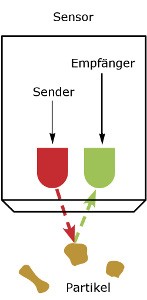
A diode emits infrared light into the medium. Particles which are embedded in the medium reflect the light waves. These reflections are detected by the receiver diode (so-called backscatter principle). The electronics calculates the relative turbidity of the medium on the base of the reflected light signal. The relative turbidity is displayed in “%TU” according to the Anderson-Negele calibration standard.
Application examples for relative turbidity sensors from Anderson-Negele
Operating Function of the 4-beam Turbidity Measurement
The ITM-4 measures turbidity using the 4-beam alternating light method. The transmitter contains two infrared senders and two infrared receivers arranged at right angles to each other. To determine the turbidity value, the senders are activated alternately. When sender 1 is active, receiver 1 detects the transmitted light and receiver 2 detects the light scattered at 90°. When sender 2 is active, the situation is reversed.
An exact turbidity value is calculated from the four measured values of a measurement cycle. Since a transmitted light measurement is available as a reference for each 90° scattered light measurement, interference factors such as contamination of the optics or component ageing can automatically be compensated. Disturbing influences from the sporadic occurrence of solids and air bubbles are largely cancelled out due to the evaluation of multiple measurement cycles.


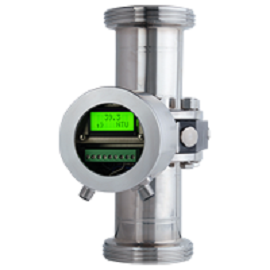
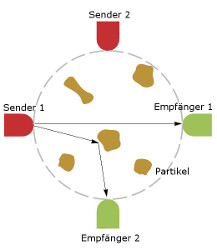
.png)
.png)


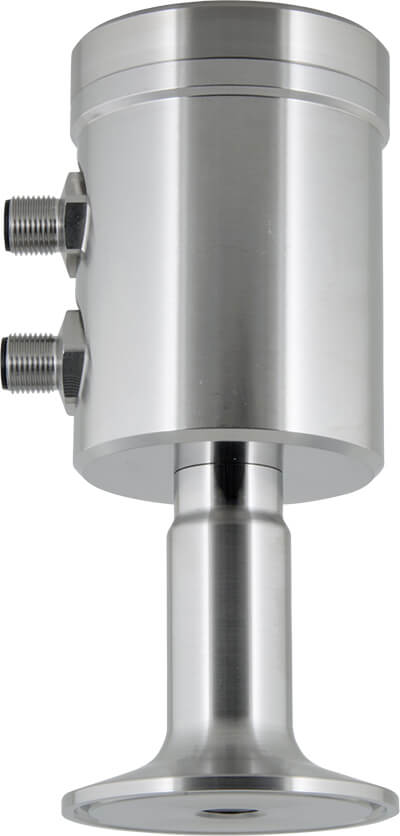
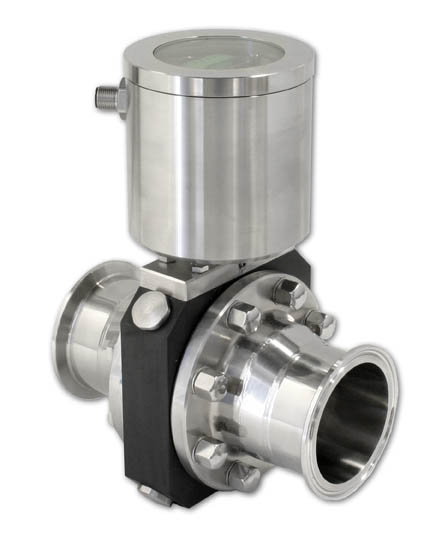
Copyright © 2022 Anderson-Negele